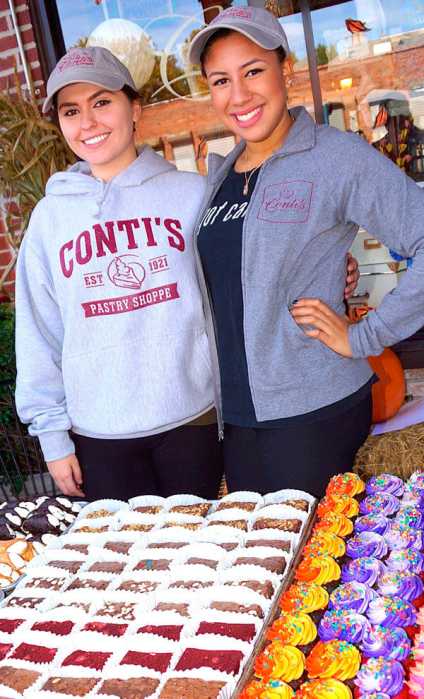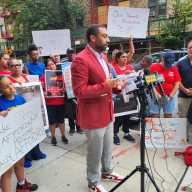A proposed rezoning plan in the west Bronx has created many skeptical residents.
Jerome Avenue, one of the main thoroughfares in the Bronx, has been targeted for a recently proposed but unofficial rezoning plan, a project that residents from community boards 4 and 5 aren’t exactly gung-ho about.
The rezoning plan, a multi-neighborhood evaluation known as the Jerome Avenue Study, will focus on 73 blocks alongside Jerome Avenue, from 167th to 184th streets, labelled the Jerome Avenue Corridor.
The plan is part of Mayor Bill de Blasio’s ‘Housing New York Plan’, which hopes to produce more homes and jobs for New York City residents due to the Bronx’s estimated population growth in the future.
The ten-year strategy intends to create 200,000 affordable housing units and over 7,000 permanent jobs.
“An important part of this plan is building more quality affordable housing at all income ranges,” said Carol Samol, director of the Department of City Planning. “We have and will continue to engage community members in this planning process as capital investments are aligned with prioritized planning needs while risks and concerns are analyzed.
However, on Thursday, March 5, over 400 residents from boards 4 and 5, along with elected officials, Community Action for Safe Apartments, Northwest Bronx Community and Clergy Coalition and other local organizations attended a forum at the Latino Pastoral Action Center, located on 14 W. 170th Street, where residents expressed their opinions about potential rezoning plans in their neighborhoods.
The main concern expressed by residents was on the topic of businesses and residential apartments in the area.
The Jerome Avenue Corridor includes more than 200 auto-related businesses and thousands of residential apartments, most of which are rent-stabilized. The target area of this rezoning plan could potentially impact over 50,000 of these rent stabilized tenants, leaving many business owners and residents to fear displacement.
“Residents in both community board districts want strong anti-harassment policies for tenants and strong anti-displacement policies for tenants and businesses,” said Carmen Vega-Rivera, CASA leader, a Bronx resident for over 35 years.
She then brought up that $36 million from Mayor Bill de Blasio’s administration would be used for this purpose. “It’s a relief to know that there will be a resource available for business owners and residents, but it won’t be able to save everybody. We want preservation of existing buildings and businesses,” Rivera added.
Rivera, who has acted as a voice for the residents in boards 4 and 5 since the proposed rezoning plan surfaces, also stated that the area’s residents want affordable housing based on the area’s median income, as both community board’s AMIs are under $30,000 (CB4’s AMI is $27,000 and CB5’s AMI is $21,000).
She also wants good jobs from local hirers and, very importantly, community participation in the rezoning process – something that, according to Rivera, the community has not been involved in because community leaders have not yet welcomed them into the planning process.
She also added that community stakeholders or executive directors from agencies at planning meetings who don’t live in the area do not count as community representation.
“Residents, existing vendors, manufacturers and union workers all need to sit down and put a plan together, as opposed to leaders just getting the community’s ideas and residents not knowing whether their ideas, inputs or visions are going to be incorporated into the area’s new design.”
Rivera also spoke about a questionable comment made at a recent rezoning meeting, where somebody said “they are concerned that there aren’t enough smart community members to engage in this participatory planning process.” She had a response.
“I beg to differ,” she said. “The residents are the ones that live here – we’re the experts.”























